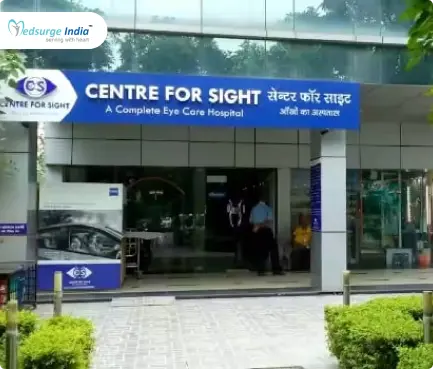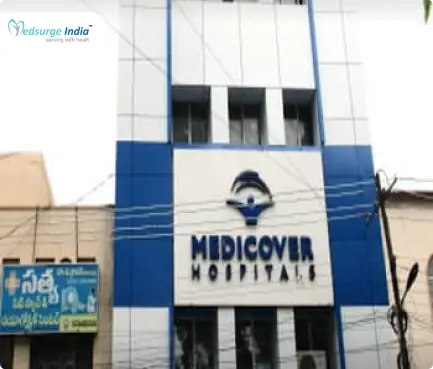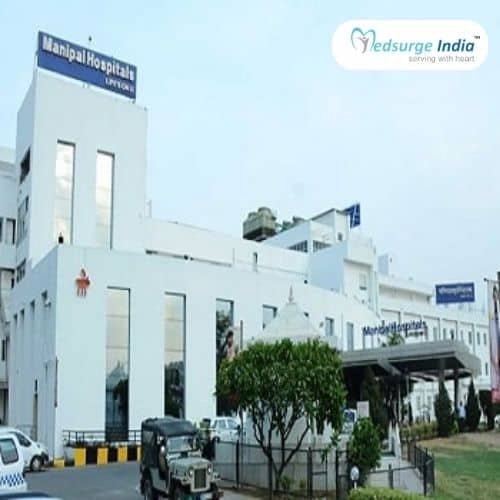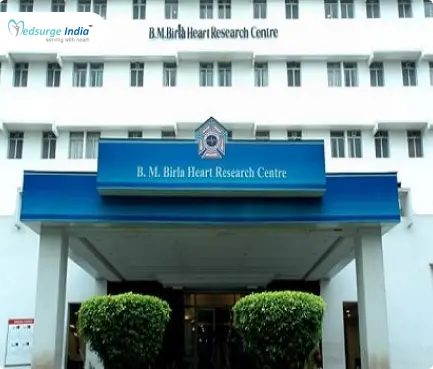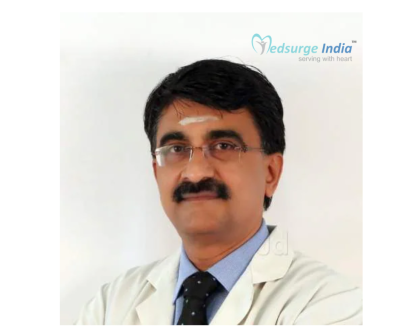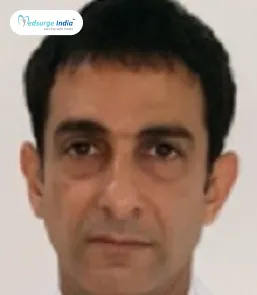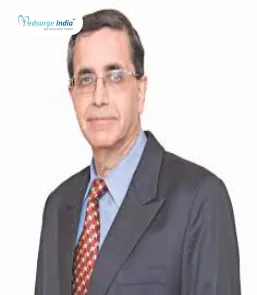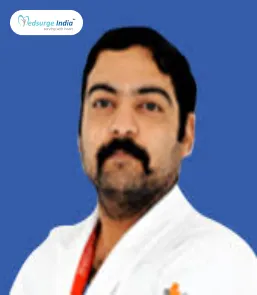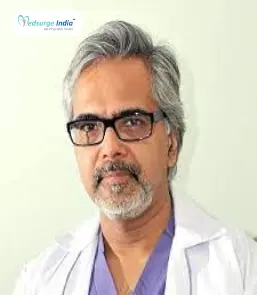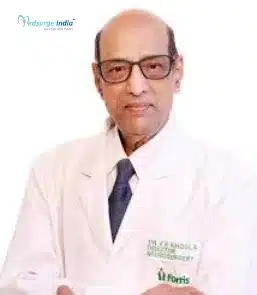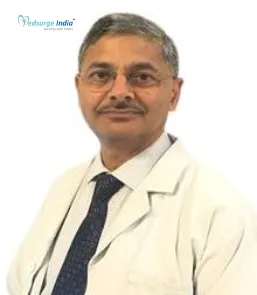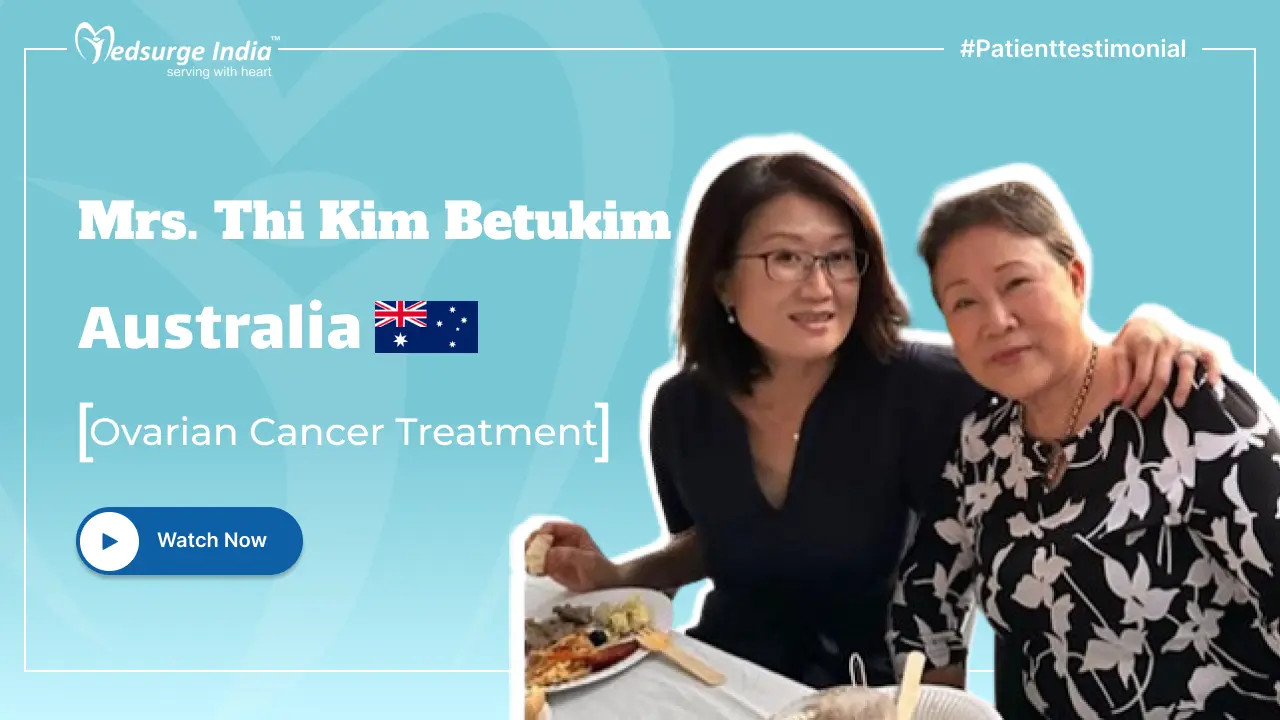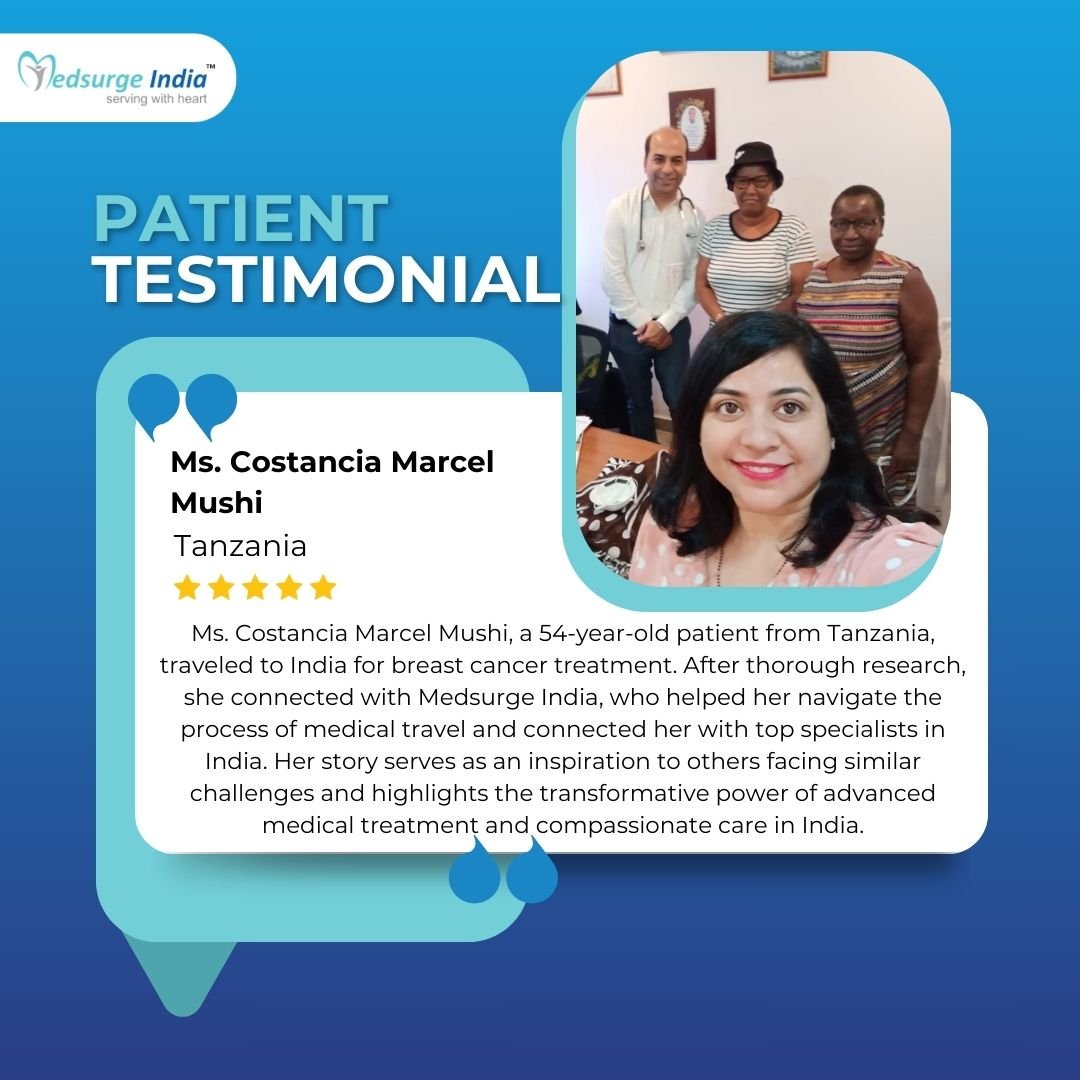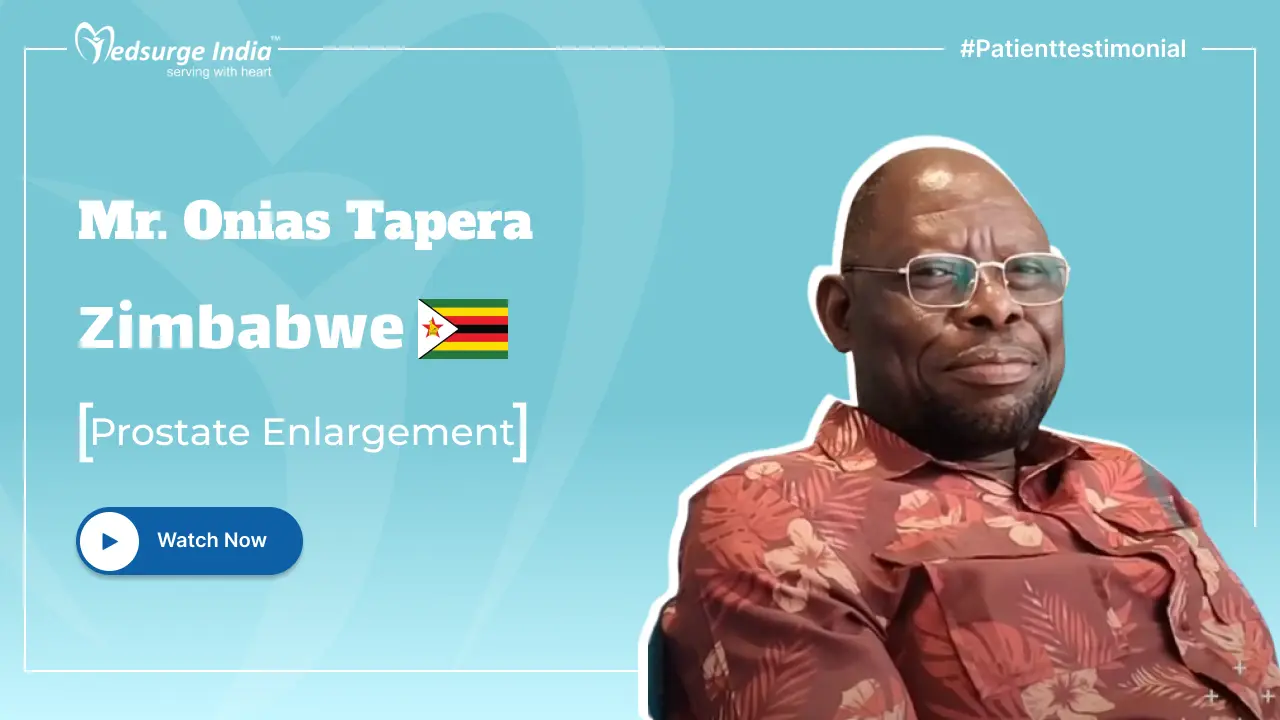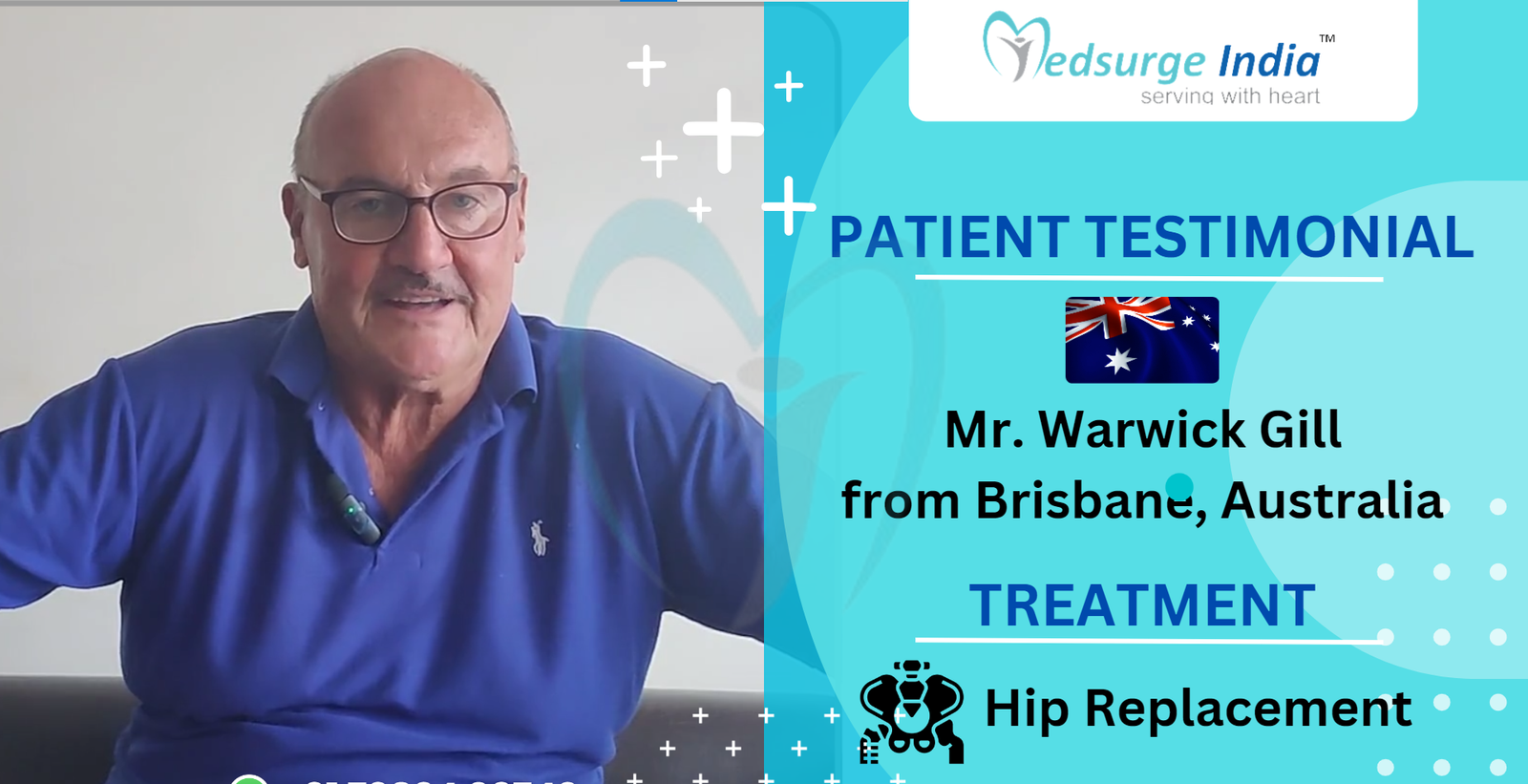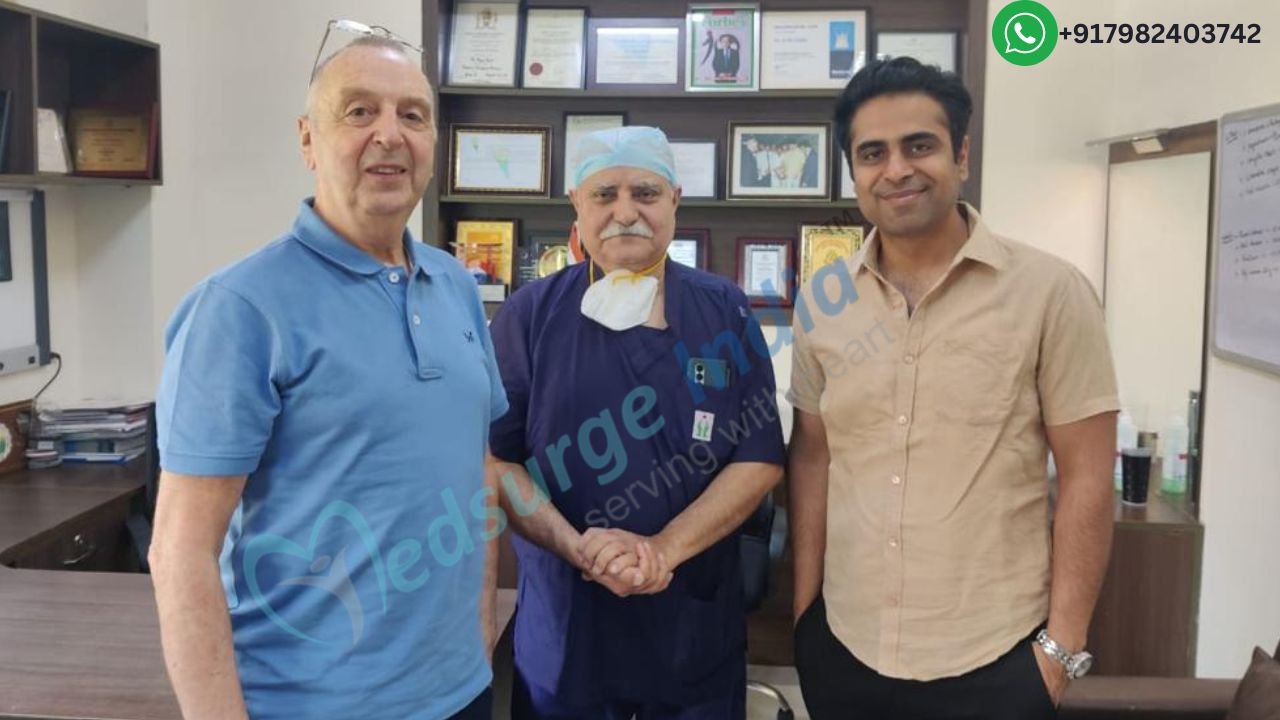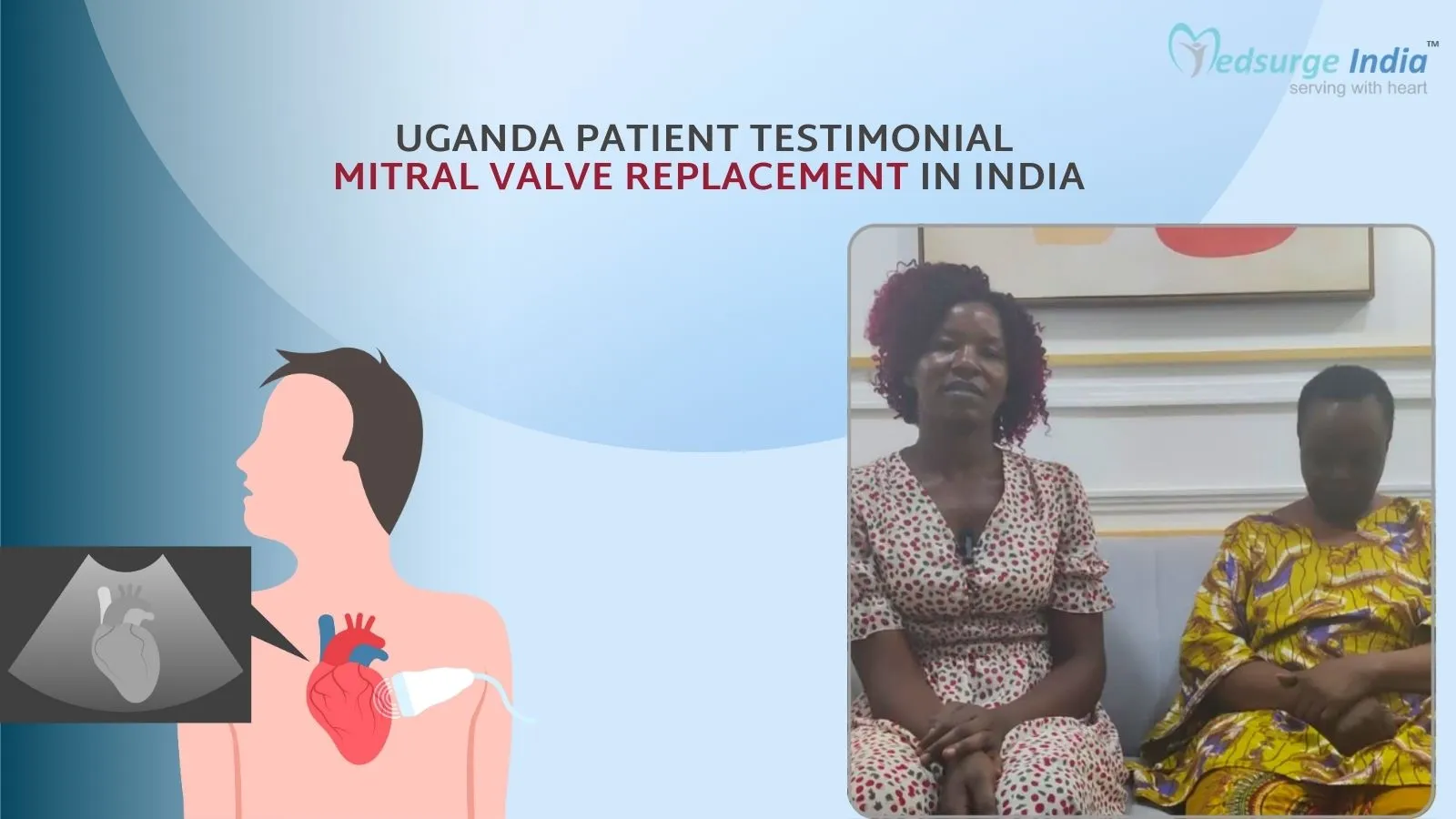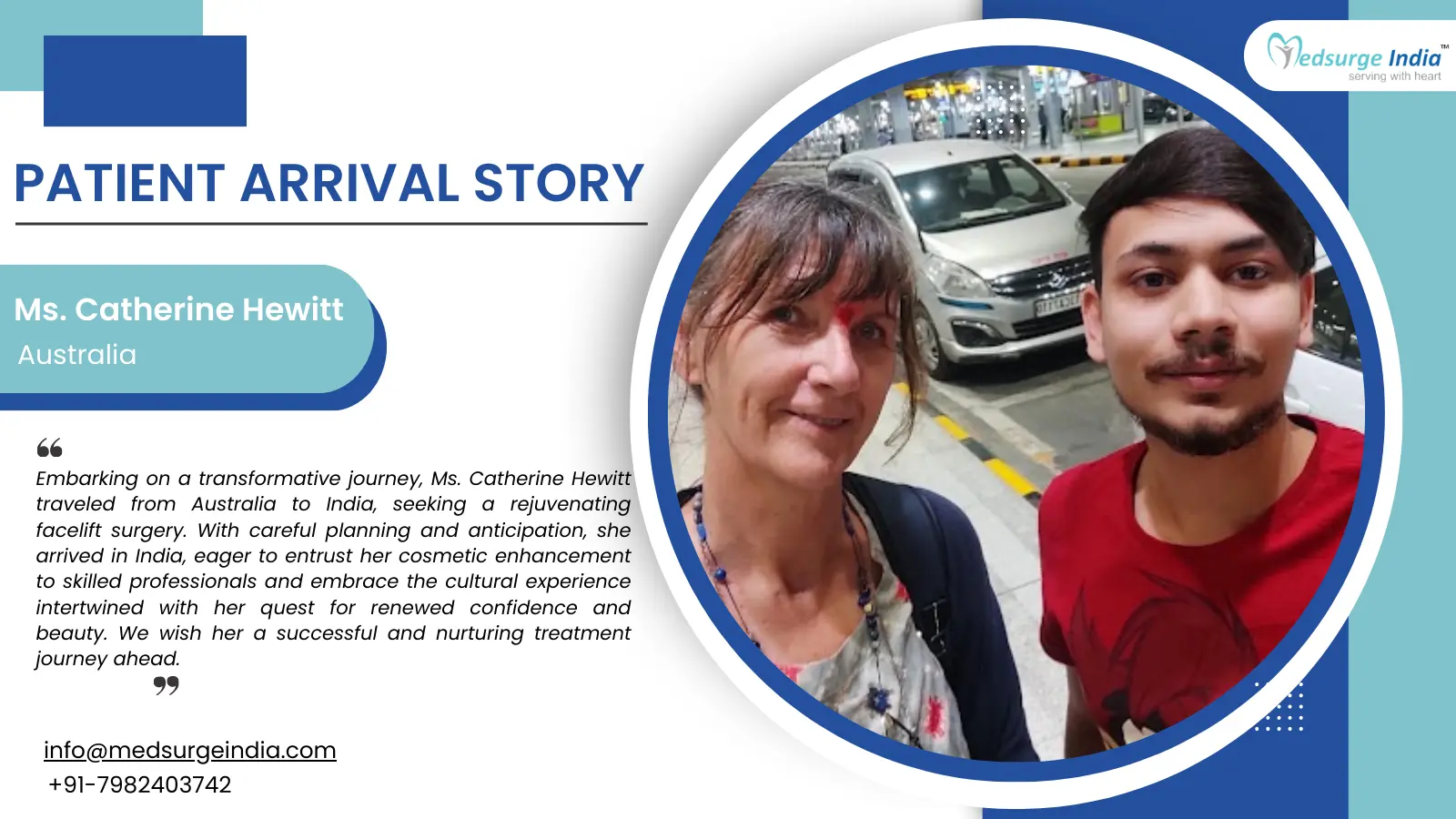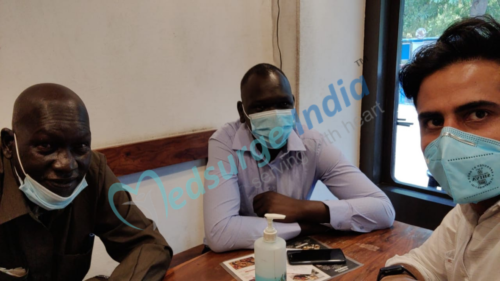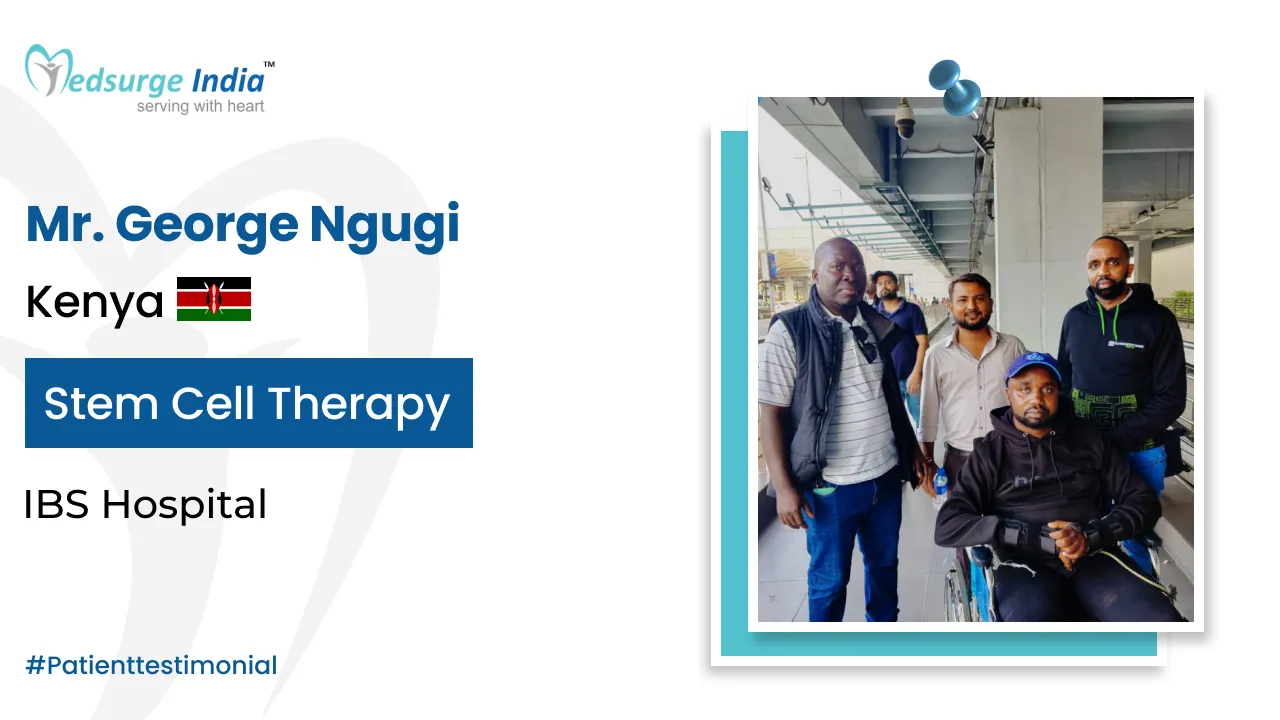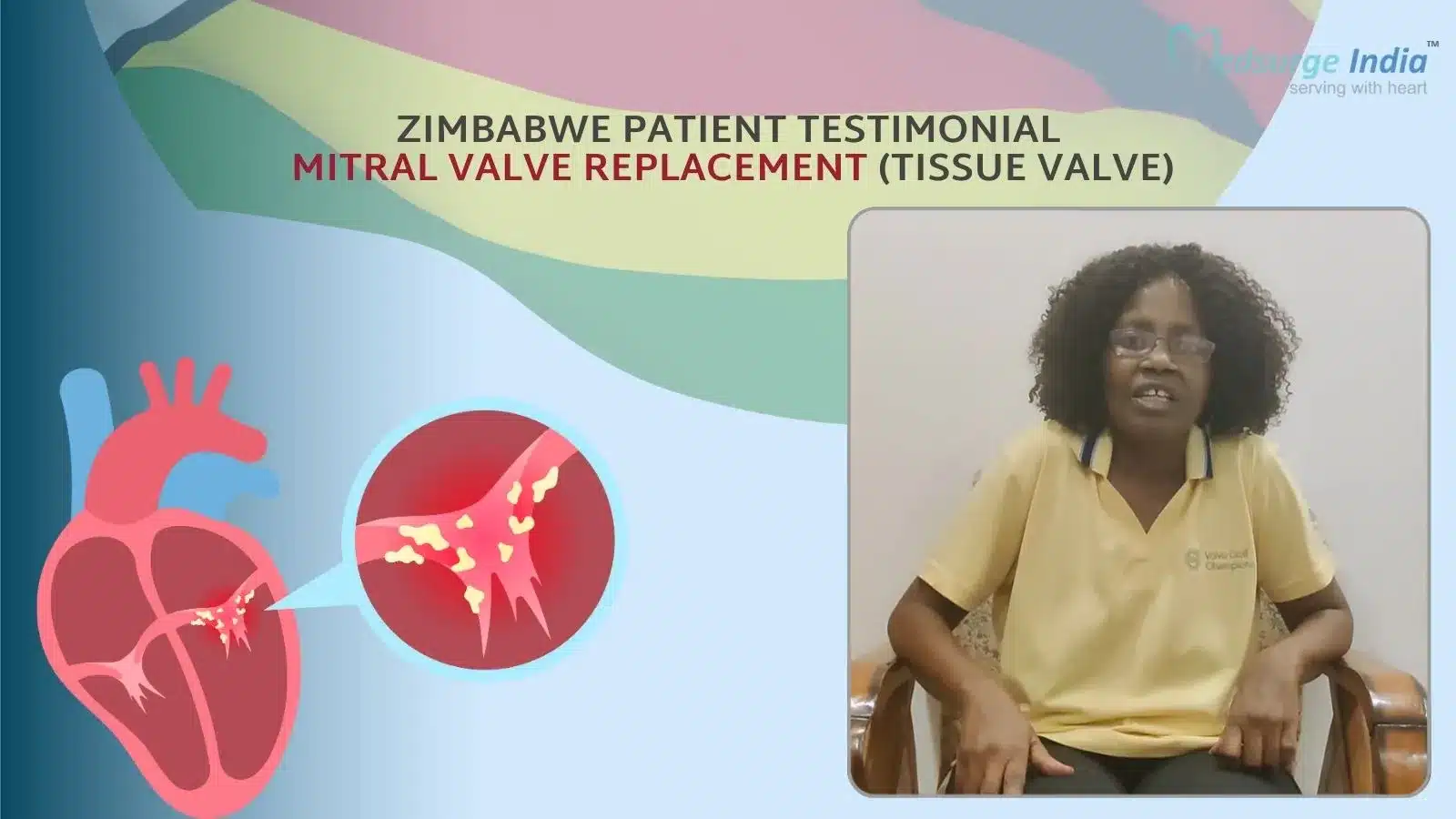
A ventriculoperitoneal (VP) shunt is a type of surgical intervention that is used to treat hydrocephalus, which is the accumulation of cerebrospinal fluid (CSF) in the brain. CSF is responsible for preventing the brain from an injury as it provides a cushion and can absorb any type of shock or impact. VP shunt surgery in India is a sensitive procedure that can save a patient’s life who is suffering from hydrocephalus. Unexpected circumstances may arise if this life-saving surgery is not performed. In India, several of the best neurosurgery hospitals do VP shunting.
The cost of a VP shunt surgery in India is determined by the type of facility you wish to have the treatment and the fees charged by the surgeons. Highly experienced and skilled surgeons may charge more for the surgery because there is a big responsibility on their shoulders.
What Is VP Shunt?
A Ventriculoperitoneal (VP) shunt is a medical device that drains excess fluid from the brain that is putting excessive stress on the brain ventricles.
There are two variants of VP shunts: non-programmable and programmable, and the volume of fluid drained by this system is determined by the shunt’s settings. Non-programmable VP shunts require the surgeon to program the settings in advance, and they cannot be modified subsequently. The settings on programmable VP shunts, on the other hand, can be modified as needed.
A VP shunt system is used to treat hydrocephalus, a condition in which CSF accumulates in the skull and causes brain swelling. Water on the brain is what hydrocephalus refers to. This disorder mostly affects children and individuals over 60, but it can also affect teenagers.
The accumulation of fluid in the brain can be caused by:
- The normal flow of the CSF is disrupted by blockages, cysts, tumors, or inflammation.
- Overproduction cerebrospinal fluid
- Insufficient reabsorption of CSF by blood vessels
The shunt system eliminates the excess fluid, which relieves symptoms like physical and developmental disability, mild dementia, and lack of bladder control.
What Is Cerebrospinal Fluid?
CSF (cerebrospinal fluid) is a transparent fluid found in the brain and spinal cord. This fluid generally runs from the ventricles to the base of the brain, where it engulfs the brain’s surface and the spinal cord. CSF is then absorbed back into the bloodstream.
CSF has several important functions:
- Delivering nutrients to the brain while also eliminating waste
- Protects the brain by acting as a “shock absorber” or cushion.
- Manage or compensate for changes in intracranial blood volume (blood within the brain)
VP Shunt Surgery Cost in India
On average, VP Shunt Surgery Cost in India starts from USD 4500. The cost of VP Shunt Surgery in India will also depend on various factors.
Estimated prices depending on different cities in India
| Cities | Starting Price |
| Delhi | USD 4500 |
| Gurgaon | USD 4500 |
| Noida | USD 4500 |
| Mumbai | USD 4700 |
| Hyderabad | USD 4500 |
| Chennai | USD 4500 |
| Kolkata | USD 4500 |
| Bangalore | USD 4700 |
Note: Do remember that the pricing and the treatment for VP Shunt Surgery cost in India will vary depending on the patient’s choice and other various factors.
Factors That Can Affect VP Shunt Surgery Cost in India
The following here are some variables that can affect VP Shunt Surgery Cost in India:
- Medication costs.
- Duration of treatment.
- Geographical location.
- Hospitalization expenses.
- Government policies and subsidies.
- Medical tourism packages.
- Hospital reputation and infrastructure.
- The expertise and experience of medical professionals.
- The type and frequency of diagnostic procedures.
- The choice of treatment modality.
Furthermore, even the standard and grade of medical care and amenities are comparable to those of the most prestigious healthcare facilities in the world, even when the expense of lodging, meals, and transportation is taken out. Also, under the direction of the most skilled physicians, Medsurge India provides patients with the lowest VP Shunt Surgery Cost in India.
What Are the Symptoms of Hydrocephalus?
The most prevalent cause of hydrocephalus is blockages. Cysts, inflammation, and tumors in the brain can obstruct the normal flow of CSF, resulting in a dangerous buildup. Following are the symptoms of Hydrocephalus:
- Large head size
- Headaches
- Seizures
- Irritability
- Excessive sleepiness
- Incontinence
- Poor appetite
- Cognitive delays or regression
- Memory loss
- Poor coordination
- Impaired vision
- Drowsiness (inability to stay awake or focus), fatigue (feeling tired or weaker than normal), or both
- Having no control over when you urinate
Hydrocephalus can be diagnosed using imaging tests. Doctors can observe the cavities and tissues within the brain using ultrasound, CT scans, and MRI scans. Testing will reveal whether certain parts of the brain have more fluid than usual.
Get Free Cost Estimation
Procedure
What is the procedure of VP Shunt Surgery?
Preparation Before VP Shunt Surgery
A person will be advised by the doctor on how to prepare for this surgery. The doctor may advise:
- Stop drinking alcohol because it may interfere with surgery and recuperation.
- Vitamin E should be avoided since it can induce bleeding.
- Avoiding herbal cures and supplements, as well as discussing any current medications that people may need to cease before surgery.
- Addressing any heart devices and the results of any diagnostic heart tests.
- Declaring any allergies.
- Explaining how smoking may affect the surgery.
- Talking about sleep apnea, if present.
The doctor may instruct a patient not to eat anything after midnight on the night before surgery. They may also advise a patient on how much water to drink and when to consume it before operation.
During the Surgery
- Before fitting the ventriculoperitoneal shunt, the doctor will provide general anesthesia. The doctor will drill a small hole in the person’s skull through an incision behind their ear once they are completely unconscious.
- The inflow catheter will subsequently be inserted into the brain by the doctor. They will add a valve to the catheter’s end to control how it works. The outflow catheter is fed under the skin and into a tiny incision in the belly. The body can then reabsorb the evacuated CSF.
- The shunt system will begin draining CSF fluid from the brain once the doctor connects all sections of the shunt.
After the Surgery
It takes three to four days to recover from a VP shunt placement. The majority of patients are able to leave the hospital within seven days of the treatment.
During your stay in the hospital, your heart rate and blood pressure will be monitored, and your doctor will prescribe antibiotics to keep you healthy. Before you depart, your doctor will double-check that the shunt is functioning appropriately.
Suggestion
If you get too close to a magnet, the pressure setting of some VP shunts may change. This depends on the VP shunt model.
If you come into touch with magnets, ask your doctor if you need to take any precautions (safety measures). Follow the manufacturer’s instructions for magnet precautions relevant to your type of VP shunt. These rules will be discussed with you by your doctor.
For many shunts, here are some broad guidelines:
- Keep all magnetic products at least 2 inches away from the valve implant (your head).
- Magnetic therapy pads and pillows should not be used.
The Most Important Frequently Asked Questions
Q: Is the VP Shunt a High-Risk Procedure?
A: Shunt placement is a highly safe technique. Complications can arise during or after the treatment, though. Excessive bleeding and infection are two risks linked with each surgical treatment.
Q: with a VP Shunt, Can You Live a Regular Life?
A: With the help of a shunt, many persons with normal pressure hydrocephalus can live a normal life. Regular, ongoing visits to the neurosurgeon will verify that your shunt is functioning properly, that your recovery is on track, and that you are free to live your life as you like.
Q: Is the VP Shunt Prolonged?
A: Bleeding or infection are both possibilities. Shunts for VPs do not last indefinitely. When the shunt quits operating, the child’s brain may experience another buildup of fluid.
Q: Can a Person Live with a Shunt for a Long Time?
A: Post-operatively, the shunt event-free survival rate is almost 70% at 12 months and nearly half at 10 years. Shunts used to transport CSF to other sections of the body can malfunction or get infected. Infections occur in less than 10% of surgical procedures.
Q: Is It Possible for Cerebral Fluid to Disappear on Its Own?
A: It will not go away on its own and will require special attention. The buildup of cerebrospinal fluid (CSF) in the cavities deep within the brain causes hydrocephalus. Ventricles are the names for these cavities
Top Hospitals for VP Shunt Surgery in India
Top Doctors for Neurology And Neurosurgery
Dr. Viswanathan Iyer
Visiting Consultant
Experience: 10 years of experience
Dr. L H Hiranandani Hospital, Mumbai
Mumbai, India
Dr. Viraj Sanghi
Senior Consultant
Experience: 14 years of experience
IKA Children's Centre
Mumbai, India
Dr. Swapnil S Patil
Consultant
Experience: 12 years of experience
Medanta – The Medicity, Gurgaon
Gurgaon, India
Dr. Rajan Kumar
Consultant
Experience: 8 years of experience
AMRI Hospital, Kolkata (Mukundapur)
Kolkata, India
Dr. Gopal Poduval
Senior Consultant
Experience: 32 years of experience
Apollo Medics Super Speciality Hospital, Lucknow
Lucknow, India
Dr. Harsh Jain
Senior Consultant
Experience: 26 years of experience
Medica Superspecialty Hospital
Kolkata, India
Dr. HC Pathak VSM
Senior Consultant
Experience: 27 years of experience
Max Super Speciality Hospital Dehradun
New Delhi, India
Dr. Christos Panotopoulos
Consultant
Experience: 25 years of experience
Brains Neuro Spine Centre, Bangalore
Bangalore, India
Dr. Naba kumar Barman
Experience: 13+ years of experience
Narayana Superspeciality Hospital, Amingaon, Guwahati
Guwahati, India
Dr. Anil Mishra
Senior Consultant
Experience: 22 years of experience
Pushpawati Singhania Research Institute (PSRI), New Delhi
New Delhi, India
Dr. Ravindra Srivastava
Consultant
Experience: 26 years of experience
Primus Super Speciality Hospital, New Delhi
New Delhi, India
Dr. Keyur C Shah
Consultant
Experience: 37 years of experience
Nanavati Super Specialty Hospital Mumbai
Mumbai, India
Dr. Anil Pande
Consultant
Experience: 28 years of experience
Apollo Specialty Hospital, OMR
Chennai, India



